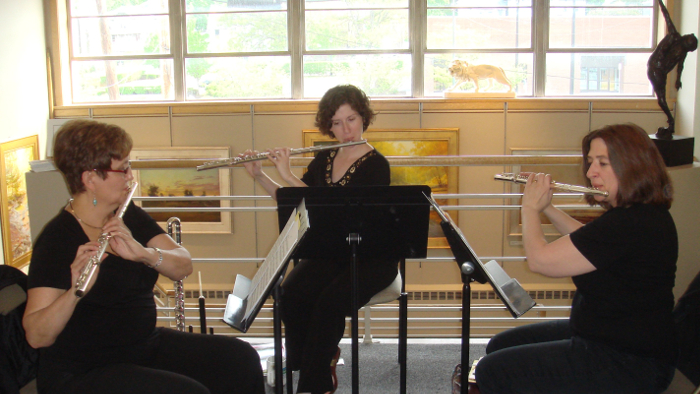Did you work with your embouchure to improve your tone? How’s it going?
It’s time to add another piece to that embouchure puzzle. Let’s talk teeth. So how do teeth add to the production of tone? They do, let me tell you!
Teeth need to be apart when playing.
The question to ask yourself is “how far apart can my teeth be, while still being able to play?” A teacher once told me that my teeth should be a finger and a half width apart when I play in the low register.
It’s true that when you play in the low register you need space in your mouth. That space helps the sound to resonate. It allows the sound to go through the sinus cavities and give a clear path for the air to come up through the throat and out to be split by the strike edge of the tone hole.
So where do you begin? Well I begin with a little exercise called the C chromatic tonguing exercise. The exercise itself is easy. Begin with middle C (of C5) and use it as your anchor note. You will tongue that C, then a B back to C, down to Bb, back to C, down to A, back to C, down to Ab, etc.
Your job is to tongue very short but keep the teeth apart. I teach my students to take a breath and play the C(5) very short, then pull the flute away: then B short, then pull away, and so forth.
The idea to play short is to keep from letting your embouchure adjust to its old way of playing. If you play with a short tongue with this new way of keeping your teeth apart, then you don’t allow the time for your embouchure to retreat.
You really want to tongue each note with care. Don’t rush. You will know you are doing it correctly when you hear your sound open up and sound big. Remember you need that natural embouchure as well.
A side bar to this is that you will find that you are using air more quickly because your embouchure is so open.
But have no fear. Just keep it up. We will address breath control at another time.
Have Fun!
DoctorFlute
